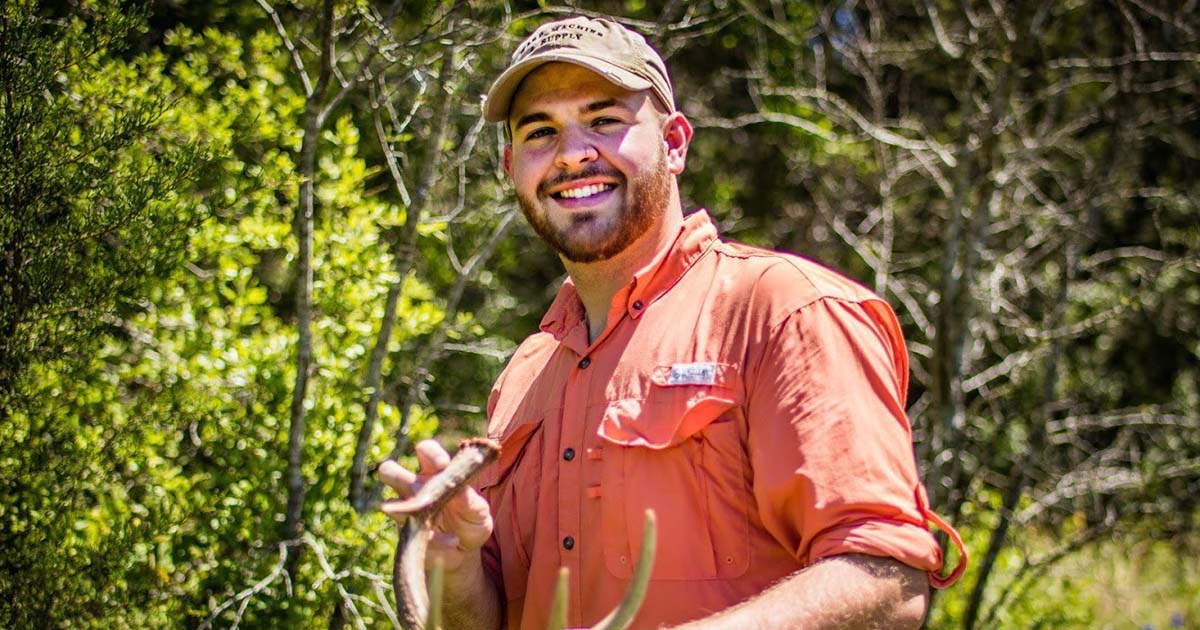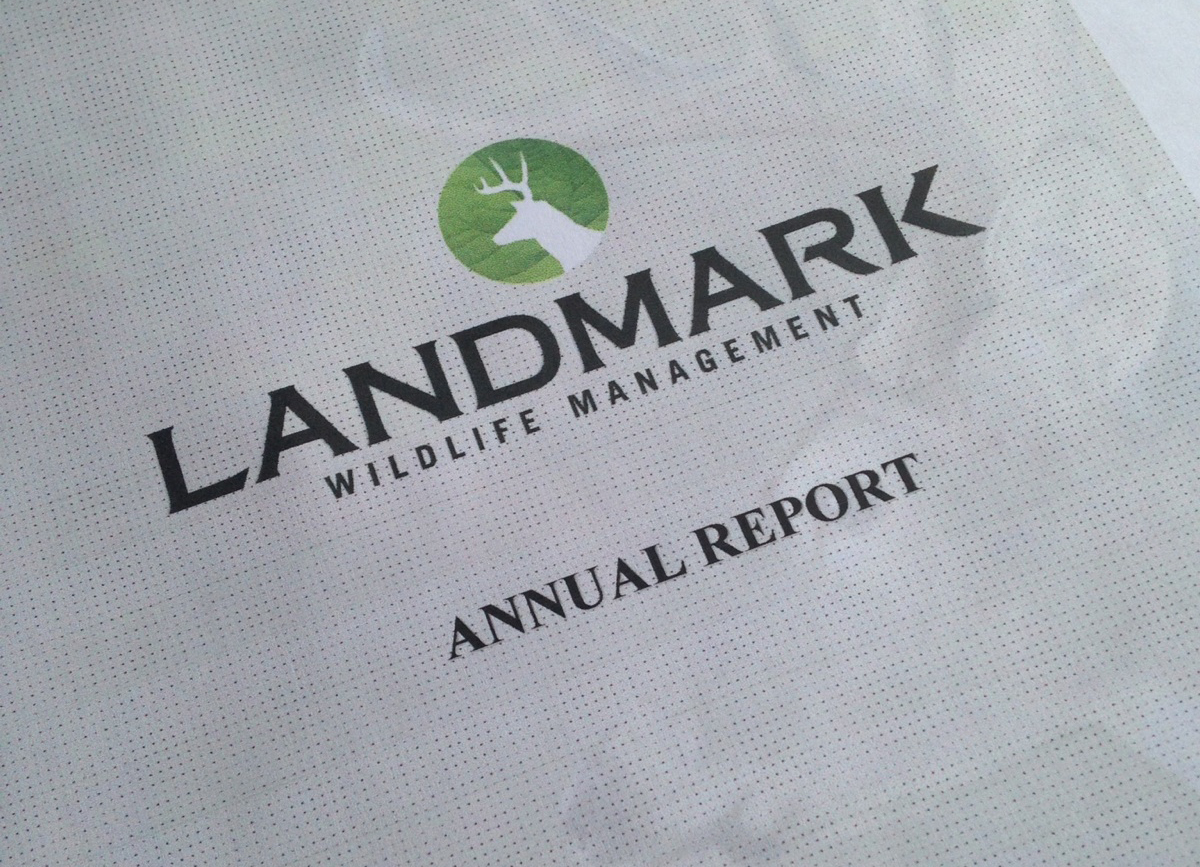One of Landmark Wildlife’s stated goals is to provide Texas landowners with land and wildlife management expertise and services to enhance the wildlife, recreational, watershed, economic, and enjoyment values of their most cherished asset – their land. In order to do this, we utilize a group of biologists to provide information, ideas, and a game plan to landowners. Our senior property tax consultant handles interactions with appraisal districts to make sure that applications are handled smoothly. While the majority of our clients have the time and resources to maintain their own wildlife management plans, 90+ of them hire us each year to handle the wildlife management practices and reporting requirements for their property. How does all of this field work get scheduled, completed, and documented each year? That’s the role of our Wildlife Services Manager, Kaleb Ward.
Wildlife Biology and Nature and Heritage Tourism
Before joining Landmark Wildlife in August 2022 as our new Wildlife Services Manager, Kaleb worked for the Lower Colorado River Authority (LCRA) and also has experience working as a wildlife specialist on legacy Texas ranches. He has a Bachelor of Science (BS) in Wildlife Biology and a minor in Nature and Heritage Tourism from Texas State University. What does that mean? Kaleb explains:
“Having a degree in Wildlife Biology provided me with a comprehensive and fundamental grasp of how wildlife interact with their environment, from the plants or prey they consume to the factors in a habitat that make it best suitable for certain species to live and thrive in. This education taught me how to properly identify a vast number of both plant and animal species and how a healthy ecosystem should function. Nature and Heritage Tourism gave me a look into how geography can affect ecosystems, from the types of soil that allow native plants to grow in it to how things like ever-changing river boundaries can transform habitats. It allowed me to develop my communication and leadership skills by learning how to convey the importance of natural resource preservation to the general public through courses such as Parks and Protected Places and Wildlife Policy and Law. Ultimately, coupling Wildlife Biology and Nature and Heritage Tourism made me have a deeper appreciation for—and connection to—the natural world around me and a desire to preserve the wild spaces that we have left.”
As a point of interest, according to Texas State University, Nature and Heritage Tourism is the most rapidly growing segment of the overall tourism industry.
What property owners can do for wildlife?
In our blog last month, we suggested in times of drought that property owners can haul tanks on their trucks to fill up wildlife watering stations. Since then, we’ve heard from clients who appreciated the simple reminder so we asked Kaleb for a few more suggestions property owners might not typically think of that benefit wildlife. Here are his three suggestions:
- Reduce light pollution at night by properly shielding outdoor lighting
- Replace introduced/invasive plants with native plants to provide supplemental wildlife food sources
- Put up nest boxes/birdhouses in the wintertime right before the spring bird migration begins to provide supplemental shelter and nesting opportunities.
A favorite wildlife story
Finally, we asked Kaleb if he would share his favorite wildlife story—maybe he saw something unusual, maybe something funny. He delivered on all fronts:
“During the summer of 2017 I was working an internship with the Texas Conservation Corps. For our last project of the term, we went to Big Bend National Park to do some trail work in the Chisos Basin. As a precaution, one of the biologists in the park gave our group a safety talk about possible wildlife and plants that we may encounter while working, specifically touching on the dangers of coming across mountain lions and black bears and to stay calm if the situation arose. About halfway through our second workday, we were taking a water break, heard some rustling in the bushes, and looked up to see a black bear minding its own business and munching on some persimmon fruit about 20 yards from us. Immediately, my supervisor completely disregarded our safety talk from the day before, let out a scream, and took off running down the trail in the opposite direction. My coworkers and I remained calm and the bear was so unfazed by my supervisor’s reaction that it looked in her direction, looked back down, and kept on eating. That was the first time I had ever seen a black bear in the wild, and I will never forget that day or how hard it made me laugh.”
Kaleb Ward will be responsible for scheduling, completing, and documenting the wildlife practice on 90+ properties each year. In addition, he will be assisting with annual reports that are typically submitted each spring. If you are a services agreement client, be on the lookout for his e-mails announcing when he will be visiting your property. If Landmark Wildlife does your annual report, please know that he will be the person reaching out to you for documentation. If you happen to be on your property when he visits, please pay him a visit to say hello. Welcome aboard, Kaleb!









